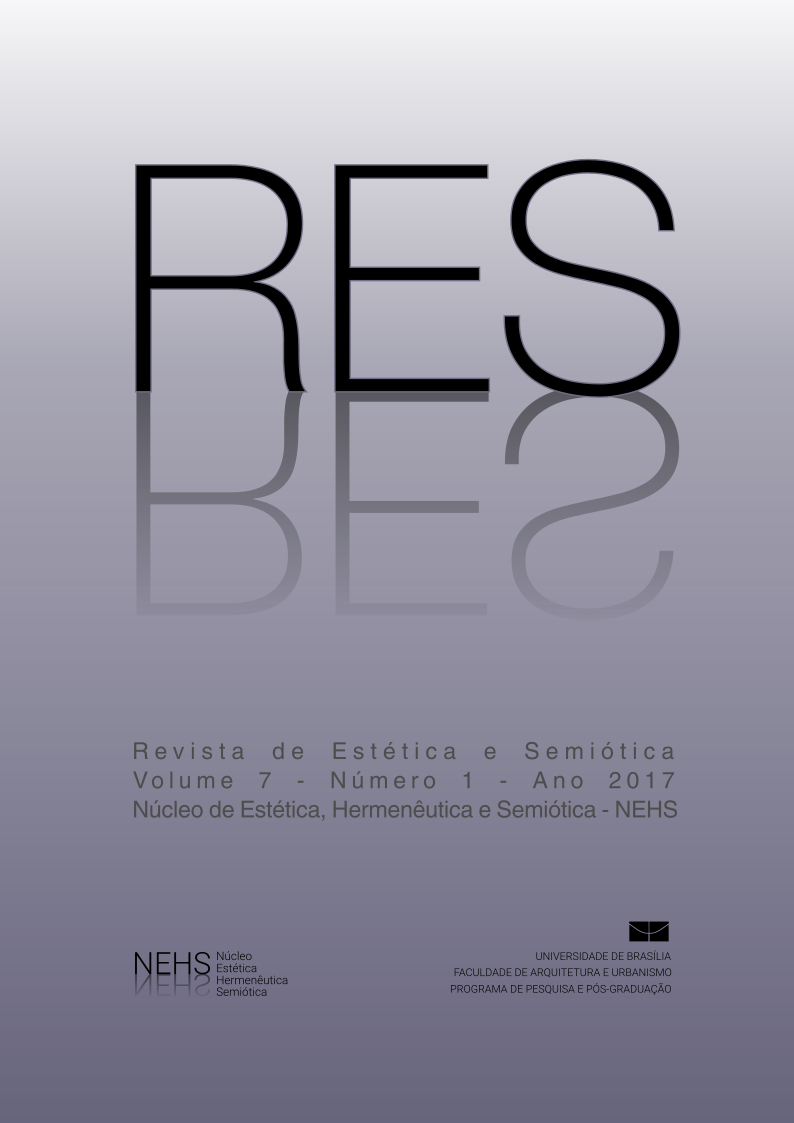GOIÂNIA: PERIPHERICAL MODERNISM
DOI:
https://doi.org/10.18830/issn2238-362X.v7.n1.2017.09Keywords:
Goiânia, Attilio Corrêa Lima, Urban landscape, Modernism, UrbanismAbstract
Attilio Corrêa Lima’s Goiânia urban projects, from 1932 to 1935, are analyzed in their morphological aspects, simbolics and their urban evolution from primary sources. Attilio C. Lima devised a modern city on a tabula rasa, influenced by the paradigms of the French school of urbanism, the Institut d'Urbanisme de Paris (IUUP). Between the planned, materialized and modified capital there are gaps to be investigated by clarifying the various layers constructed. Corrêa Lima did not only the urban projects for the new capital of Goiás, but also the first master plan of the city. The readings of the plants, the documents and the images allow the rescue of a period of the history Goiânia implantation city, shrouded in myths and contradictions.




